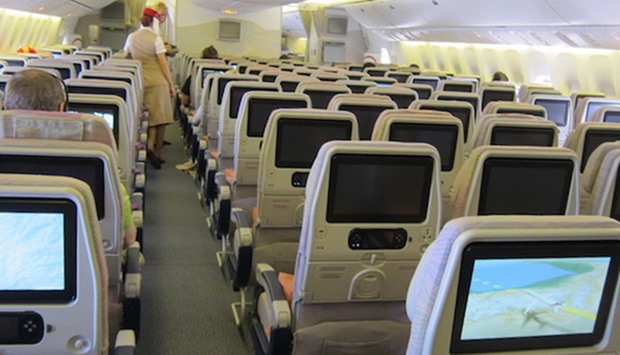Capacity increased 13.6%, however, and load factor dropped 1.1 percentage points to 76.5%, it said.
The global air passenger market expanded by 7% year-on-year in the first quarter of 2016 – its strongest start to a year since 2012.
“The result was helped somewhat by the leap year; we estimate that passenger volumes grew by around 6% year-on-year once you adjust for the extra day in February 2016–a respectable rate broadly in line with the pace seen in Q1, 2015,” IATA said.
At 12% year-on-year, Middle Eastern airlines saw the fastest annual growth in international RPKs in March, helped by ongoing network and fleet expansion.
Flight segments on routes to and from the Middle East all grew strongly at the start of 2016.
That said, annual growth in Middle Eastern international RPKs eased during 2015 and it has now lagged behind that of capacity for 16 of the past 18 months.
As a result, the region’s international load factor has fallen by more than five percentage points in seasonally-adjusted terms since its peak in May 2014.
IATA said the annual growth in revenue passenger kilometres (RPKs) globally fell to 5.3% in March – its slowest pace since June 2015–and the upward trend in seasonally-adjusted passenger volumes has moderated substantially over the past two months.
It is too soon to say whether this marks the end of the recent golden period of industry growth.
“Indeed, we expect further stimulus to traffic to come through in the form of ongoing network expansion and from declines in travel costs during the rest of this year,” IATA said.
Moreover, the latest results from IATA’s quarterly survey of airline CFOs show a vast majority of respondents expect further improvement in passenger volumes over the year ahead.
“Nonetheless, we are perhaps coming towards the end of the biggest stimulus to traffic from lower oil prices, and the bigger picture is that the wider economic backdrop remains subdued.
Having ‘decoupled’ from economic sentiment during 2015, global passenger growth will not be able to defy the pull of economic gravity indefinitely,” the report said.
The industry-wide load factor came in at 78.7% in Q1 as a whole, the same as in Q1 2015.
However, IATA said the seasonally adjusted load factor has slipped in recent months, reflecting a combination of a slight acceleration in capacity growth and a weaker trend in traffic.
March was the second consecutive month in which annual growth in available seat kilometres exceeded that of RPKs.
The seasonally-adjusted industry-wide load factor has fallen by 1.4 percentage points from its November 2015 peak, IATA said.



